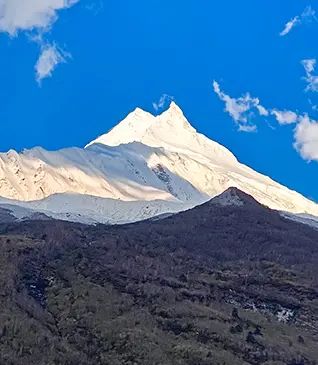Commonly Asked Questions about Bali Pass Trek Answered
Bali Pass Trek has captured the hearts of adventure seekers with its stunning scenery, challenging trails, and rich cultural experiences. Located at an altitude of 16,200 ft, the pass offers exceptionally beautiful mountain scenery while the trekking trail that leads to the Bali Pass offers a myriad of challenges and impeccable natural beauty. If you are looking for an offbeat adventure that promises a great deal of thrill and natural beauty while trekking in India, Bali Pass should definitely be your choice of adventure.
In the spirit of discussing this wonderful pass trek, we have curated a list of frequently asked questions to help you plan your epic Himalayan adventure:
1. Why is Bali Pass Trek Famous?
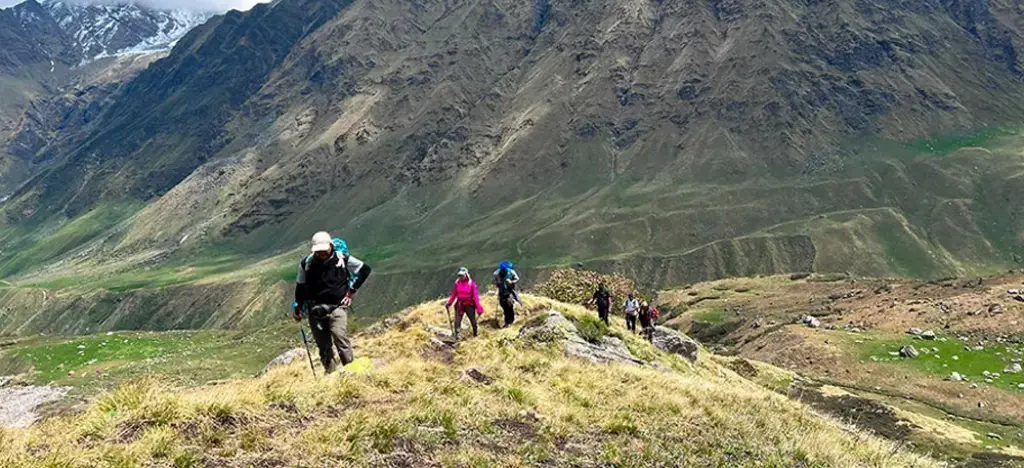
Bali Pass Trek is renowned for its breathtaking landscapes, including panoramic views of snow-capped peaks like Bandarpoonch and Swargarohini. It offers a unique blend of natural beauty and cultural immersion as trekkers traverse remote villages, dense forests, and high-altitude passes. Its historical significance as an ancient trade route adds to its allure, attracting outdoor enthusiasts and history buffs alike.
2. What is the Grade of the Bali Pass Trek?
Bali Pass Trek is considered a difficult grade trek due to its challenging terrain, especially while returning or climbing down. With an altitude of 16,200 feet and a distance of 60 kilometres, trekkers need to have a good fitness level to attempt this cross-over trek.
3. When is the Best Season for Bali Pass Trek?
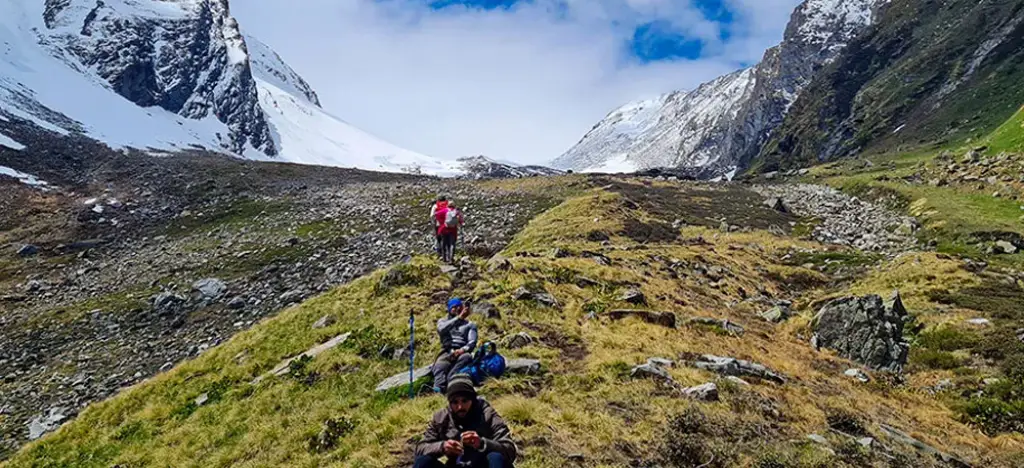
The best time to attempt Bali Pass Trek is during the summer months of May or June for the best scenery and experience. However, the trek is also available in September and October, each offering a different beauty. Summer reveals the magical vista and trails with fresh melting snow, while the post-monsoon seasons offer lush greenery.
4. What Are the Notable Attractions Along the Bali Pass Trek Route?
Along the Bali Pass Trek, trekkers are treated to a plethora of natural and cultural attractions. The glacial Lake Ruinsara Tal, nestled amidst the Swargrohini peaks, offers a serene setting for relaxation and reflection. The ancient villages of Osla and Gangad, with their rich history dating back to the times of Mahabharata, provide a glimpse into traditional Himalayan life and architecture. Additionally, the picturesque alpine meadows of Devsu Thatch, adorned with colourful wildflowers an framed by towering peaks, create picture-perfect moments at every turn.
5. How to Reach the Start Point of Bali Pass Trek?
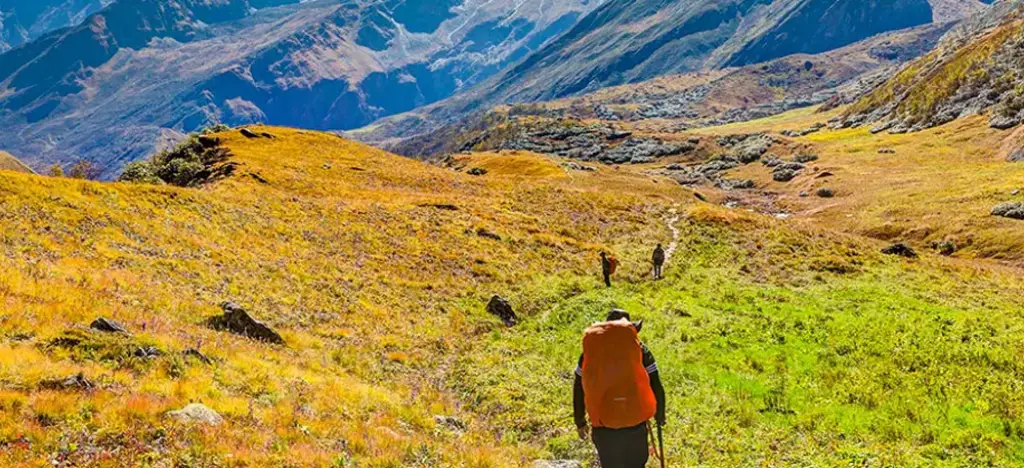
The trek starts from the village of Sankri, with pick-up services available from Dehradun. Dehradun is well connected to major cities by train and airways. TTH (Trek the Himalayas) offers pick-up services from Dehradun Railway Station at 06:00 AM, managing all travel arrangements for trekkers.
6. What is the Camping Experience in Bali Pass Trek Like?
Camping along the Bali Pass Trek offers trekkers a unique opportunity to connect with nature in serene and picturesque settings. Each campsite is carefully chosen to provide stunning views of the surrounding landscapes, from verdant valleys to snow-capped peaks. As the sun sets, trekkers gather around campfires, sharing stories and camaraderie under the starlit sky. Waking up to the crisp mountain air and panoramic vistas is a truly unforgettable experience that rejuvenates the mind, body, and soul.
7. Where Can Extra Luggage Be Kept During Bali Pass Trek?
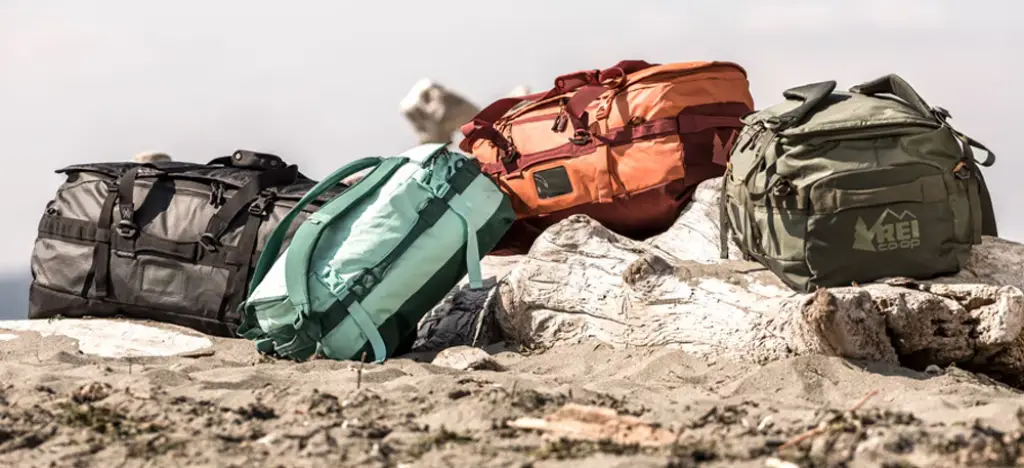
Since Bali Pass is a cross-over trek, carrying essential luggage is mandatory. However, both storage and offloading options are available at the base camp, allowing trekkers to travel light and enjoy the adventure without unnecessary baggage.
8. How Does the Bali Pass Trek Contribute to Cultural Exploration?
The Bali Pass Trek offers more than just natural beauty; it provides a platform for cultural exploration and interaction with local communities. As trekkers traverse through ancient villages like Osla and Gangad, they have the opportunity to immerse themselves in Himalayan culture, traditions, and folklore. Engaging with locals, visiting historic sites, and experiencing traditional architecture firsthand enriches the trekking experience, fostering a deeper appreciation for the region's heritage and way of life.
9. What Preparations Are Necessary Before Embarking on the Bali Pass Trek?
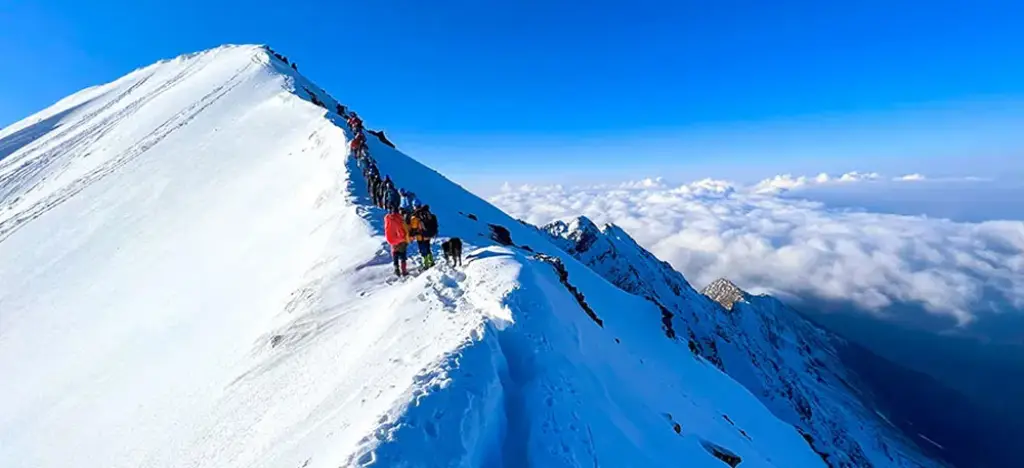
Adequate preparation is crucial before embarking on the Bali Pass Trek. Trekkers should focus on building physical fitness through cardio, strength training, and endurance exercises. Additionally, acclimatization to high altitudes is essential to prevent altitude sickness. Packing appropriate gear, clothing, and essentials such as sunscreen, insect repellent, and first aid kits is imperative. Moreover, familiarizing oneself with the route, weather conditions, and emergency protocols ensures a safe and enjoyable trekking experience.
So when planning your Bali Pass Trek adventure keep these answers in mind to ensure a rewarding experience. Bali Pass is a wonderful destination for trekking in Uttarakhand and gives an exceptional glimpse of what trekking in the Himalayas is like.
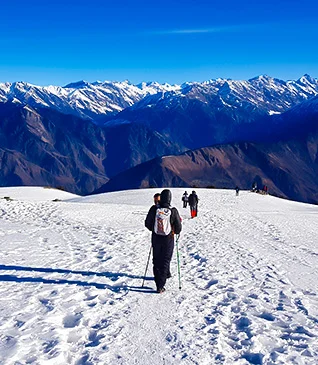
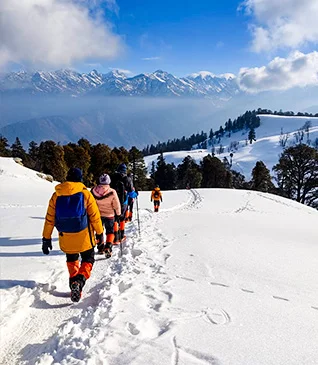
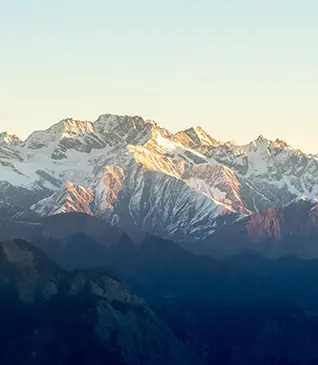
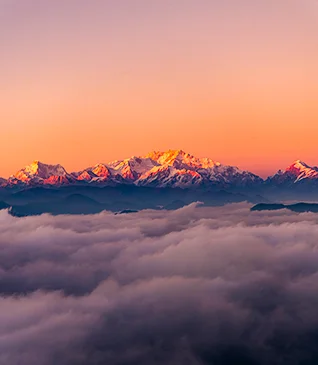
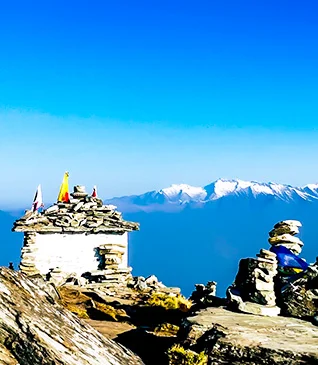
.webp)
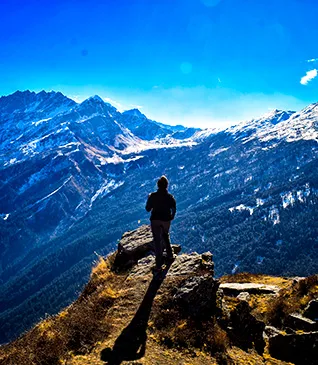
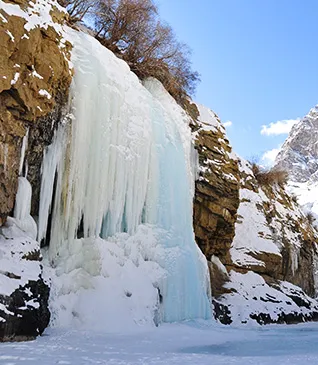
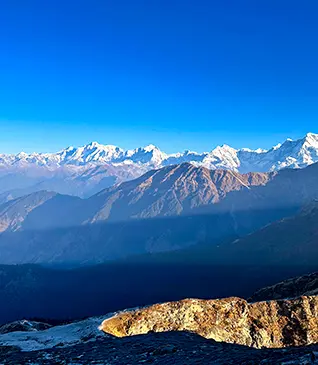
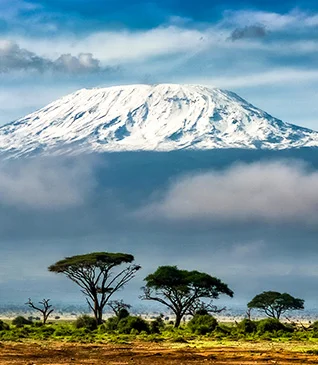
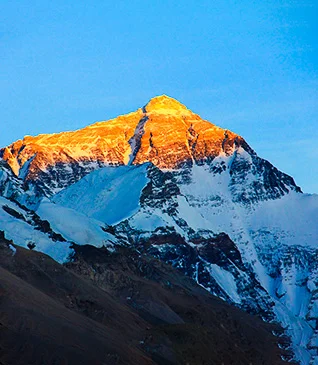
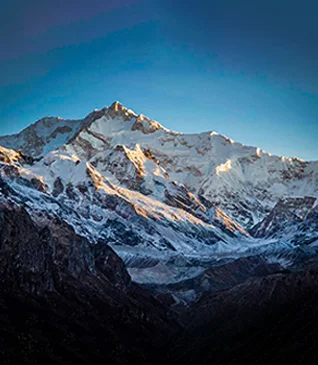
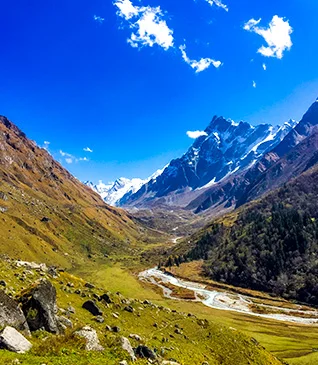

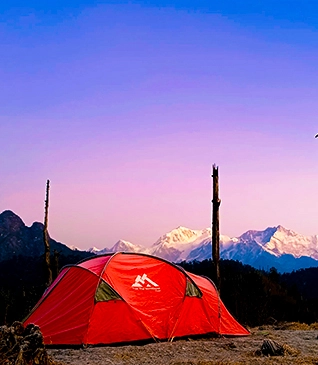
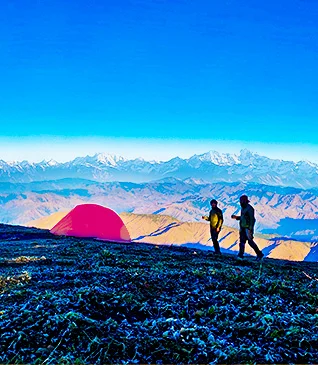
.webp)
